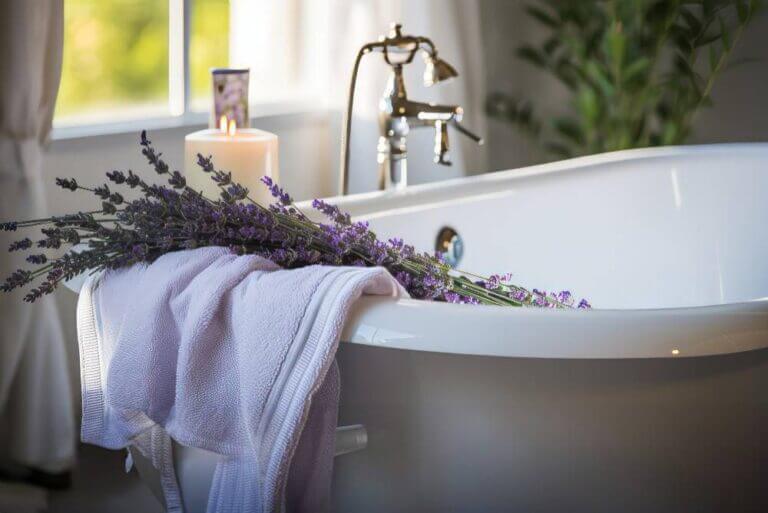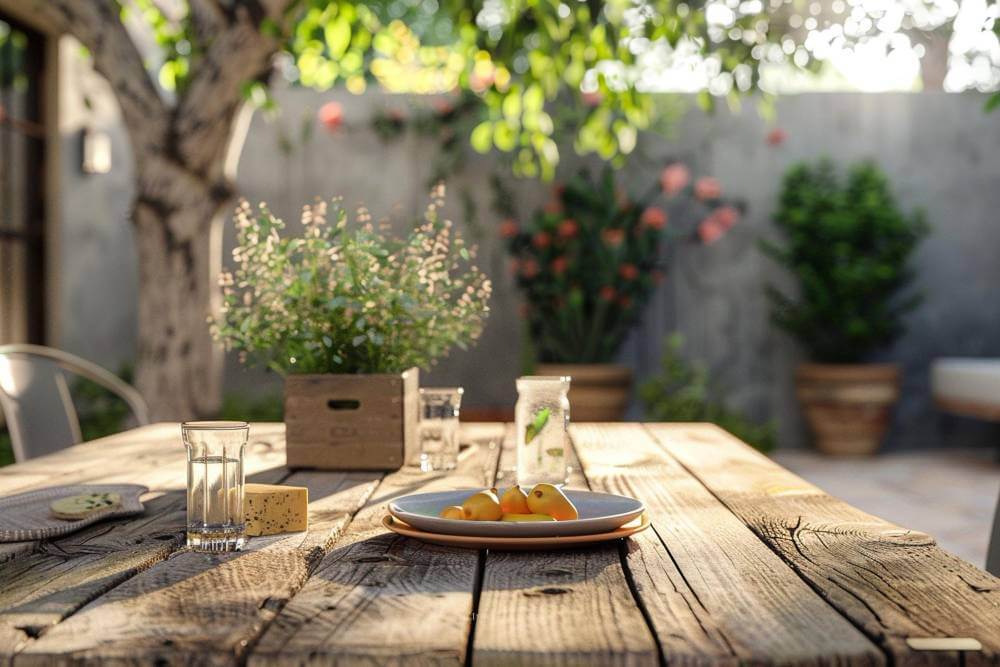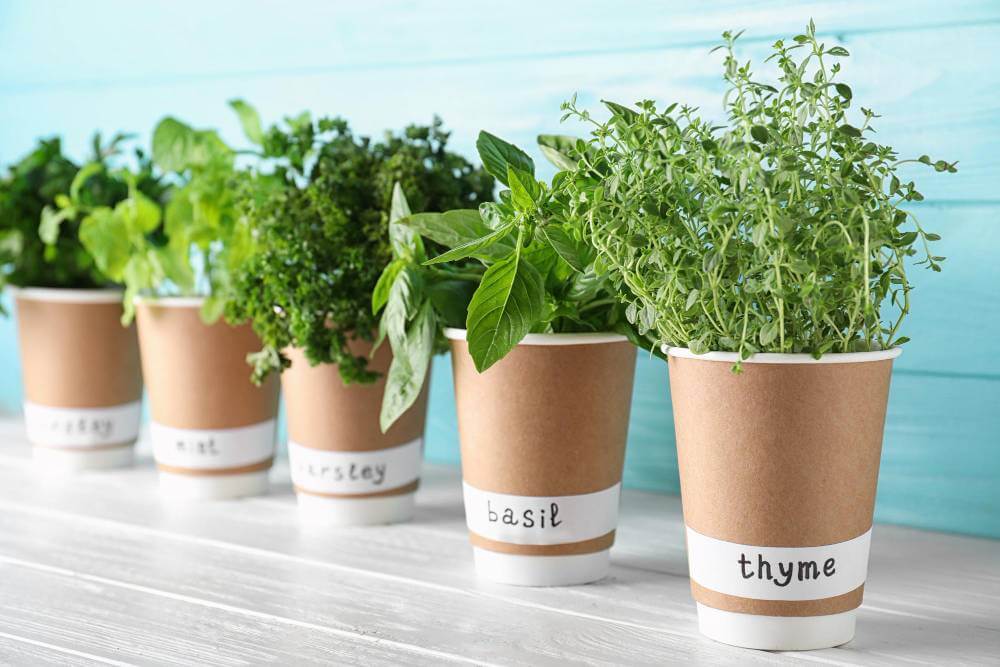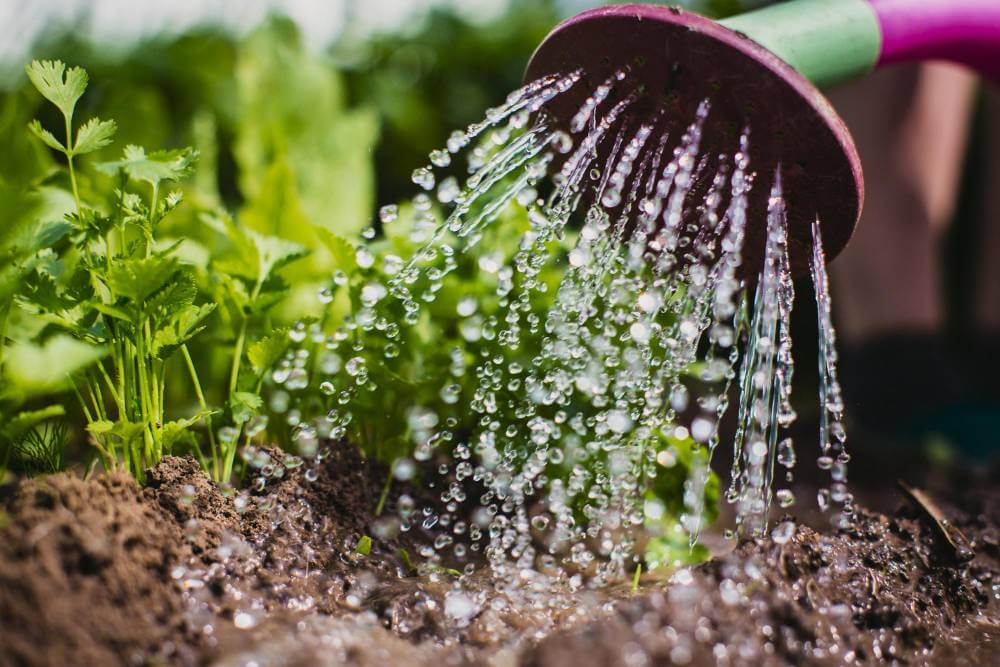Hello, botanical buddies! Are you ready to transform your ordinary bath into an extraordinary spa experience using just the herbs from your garden? Today, we’re diving deeper into how you can cultivate and craft your very own herbal bath soaks, bringing the spa right into your home. Let’s turn those herbal harvests into a luxurious soak that pampers both the skin and senses.
Why Herbal Baths? The Art of Aromatic Soaking
Creating your own herbal bath soak is more than just a fun DIY project; it’s a way to deeply relax, detoxify, and nourish your skin. The natural properties of herbs have been used for centuries to heal, soothe, and calm the body. When steeped in hot bathwater, these herbs release their oils and essence, providing both aromatherapy benefits and skin-soothing properties.
The Benefits of Drying Herbs for Bath Soaks
While fresh herbs smell wonderful and look beautiful, drying them concentrates their essential oils, intensifies their fragrances, and extends their shelf life. Dried herbs infuse more effectively into bathwater, releasing their full spectrum of benefits without wilting or clogging your drain. This makes them more practical and potent for bath use.
Selecting and Growing Your Herbs
Here’s a guide to some fantastic herbs you can grow and use for your herbal bath soaks, each with unique benefits:
Lavender and Rose Petals: For Relaxation and Elegance
Lavender soothes the mind and calms the body, while rose petals add a touch of luxury and help soften the skin. Both are ideal for evening baths to unwind before bedtime.
Chamomile and Calendula: The Skin Soothers
Chamomile reduces inflammation and is wonderful for sensitive skin, whereas calendula helps heal and restore skin health, making them perfect for a post-sun soak.
Mint and Eucalyptus: For Refreshment and Clarity
Mint offers a cooling sensation, which is ideal for refreshing summer baths, while eucalyptus opens the respiratory pathways and soothes muscle pain, making it great for a post-workout dip.
Sage and Rosemary: For Purification and Restoration
Sage has antibacterial properties, making it great for a cleansing soak, and rosemary stimulates circulation, which can help rejuvenate tired muscles.
Yarrow: For Healing
Known for its healing properties, yarrow is perfect for addressing skin irritations and improving overall skin condition.
Adding Oils and Salts to Enhance Your Bath
While herbs alone make for a wonderful bath, adding salts like Epsom or Himalayan pink salt can enhance the therapeutic benefits by helping to detoxify the body and relieve muscle tension. Essential oils can also be added for additional aromatherapy benefits; however, it’s important to use them sparingly and diluted as they can be very potent. Oils like lavender, chamomile, or rose are excellent complements to your herbal blend.
Crafting Your Herbal Blend
Here are some suggestions for herb combinations that you can try:
- Relaxing Night Soak: Lavender, chamomile, and rose petals.
- Invigorating Morning Bath: Peppermint, eucalyptus, and lemon balm.
- Skin Healing Bath: Calendula, yarrow, and chamomile.
- Detox Soak: Rosemary, sage, and sea salt.
Encouragement to Experiment
I encourage you to play around with these herbs and find what works best for you. Experimenting with different combinations will allow you to discover which scents and properties work best for your needs. Everyone’s skin and senses react differently, so personalizing your herbal bath soak can be a wonderfully fulfilling process.
Start with small batches, and adjust your recipes based on what your body responds to best. Remember, the goal is to create a relaxing, rejuvenating experience that is uniquely yours.
Growing Tips for Bath Herbs: Cultivating Your Aromatic Oasis
Creating a garden of herbs specifically for your bath soaks not only adds beauty and fragrance to your home but also ensures you have a fresh, organic supply for your relaxation needs. Here are some general tips to help you successfully grow your bath herbs, whether indoors or in your garden:
Choose the Right Location
Most herbs thrive in full sunlight, requiring at least six hours of direct sun per day. If you’re planting indoors, a south-facing window is ideal. For outdoor gardens, ensure the area is well-lit and free from shade-casting structures or trees.
Soil and Watering Essentials
Herbs prefer well-draining soil to prevent root rot and other moisture-related diseases. If you’re using pots, choose those with drainage holes. Water your herbs deeply but infrequently, allowing the soil to dry out slightly between waterings. This encourages strong root growth.
Potting and Space Management
For invasive herbs like mint, use separate pots to keep them from overtaking other plants in your garden. This containment strategy also makes it easier to manage their growth and health. In larger gardens, consider using raised beds or defined plots to organize your herbs and facilitate care.
Pruning and Harvesting
Regular pruning not only keeps your plants healthy but also encourages new growth, ensuring a continuous supply of fresh herbs. Harvest your herbs in the morning when their essential oils are most concentrated. For drying, cut the herbs right before they bloom for optimal potency.
Pest and Disease Control
Keep an eye out for common pests such as aphids and spider mites. Natural remedies like neem oil or a simple soap and water spray can be effective for controlling these issues. Also, ensure good air circulation around your plants to prevent fungal diseases.
By following these basic guidelines, you can cultivate a thriving herb garden that will provide you with fresh ingredients for your homemade bath soaks. Not only will you enjoy the practical benefits, but you’ll also find that tending to your herb garden can be a relaxing and fulfilling activity in itself.
Conclusion: Dive Into Your Own Herbal Experience
Growing and blending your own bath herbs isn’t just about personal care; it’s about creating an experience that delights the senses and nurtures the soul. Each bath can be a testament to the healing power of nature, right from your garden to your tub. So, why not start planning that herb garden now? Your future self, wrapped in a cloud of herbal bliss, will thank you.
Feel free to explore more posts on my blog for additional insights into using herbs for health and wellness. Happy growing, blending, and soaking!







